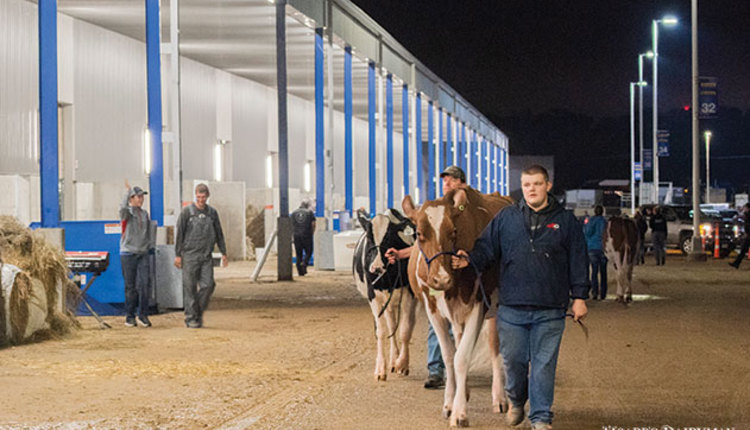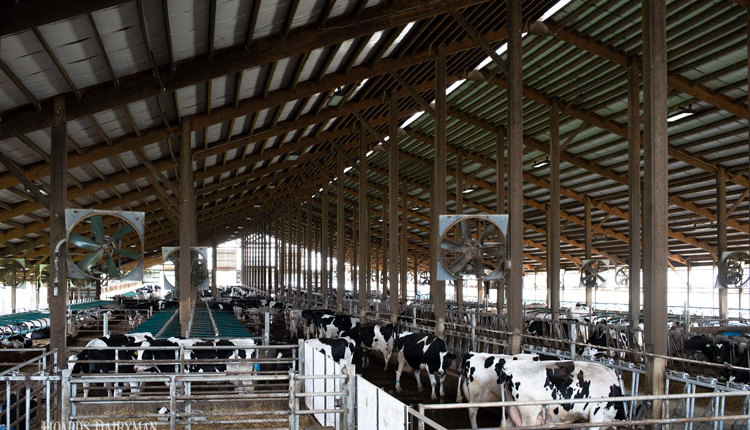
A common misconception is that calves don’t experience heat stress. They are more tolerant of heat than other age groups of cattle but can still experience heat stress losses from in utero and/or postbirth experiences.
“Heat stress in calves can be seen as mild, such as a boost in respiration rate, but extreme signs include drooling, high respiration rates, breathing with their mouth open, and even their tongue hanging out,” explained Alycia Drwencke of Cornell Cooperative Extension.
Calves that are heat-stressed in utero experience a decline in milk production throughout their life, a lower body weight, weakened immunity, reduced IgG absorption regardless of colostrum quality, and a reduction in herd survival for two generations. Heat stress after birth results in lower dry matter intake (DMI) and overall growth, weakened immunity, and a rise in health events.
Drwencke recommends that calves be closely monitored when the temperature humidity index (THI) reaches 65 to 69 to minimize any impairments. Calves can be cooled via airflow in hutches by adjusting hutch orientation; shade over hutch or group housing; and by taking a closer look at ventilation, fans, bedding type, and cleanliness.
Additive deductions
Interestingly, the transgenerational effects of heat stress add up quickly. From a heat-stressed dam to daughter, 4.8 to 8.6 pounds of milk per day for three lactations can be lost. Two generations out (from dam to granddaughter) results in 3 or more pounds of milk lost per day for three lactations, Drwencke said during a Cornell University webinar, “Managing and abating heat stress on your dairy in 2021.”
The economic losses add up from not providing additional cooling. Nationally, there is a total annual loss of $1.5 billion from heat stress, with $810 million in milk losses from heat stress in the dry period, $134 million for additional heifer rearing costs, $90 million for a lower productive life, and $371 million for reduced milk yield of daughters from heat-stressed dams.
Drwencke’s take-home messages included providing ample amounts of clean water for all ages of cattle on the farm, monitoring environmental measures as a starting point (THI and air temperature), and monitoring cow-centric measures to provide more insight. Heat stress effects at least a couple generations beyond the dam that experienced it, which means cooling all ages improves profitability.








